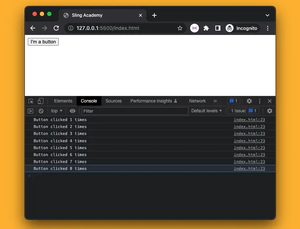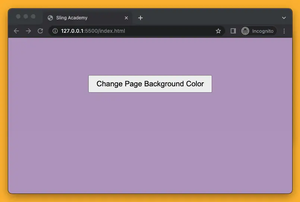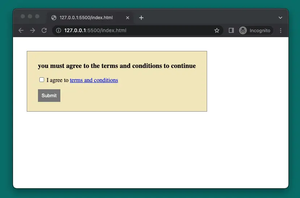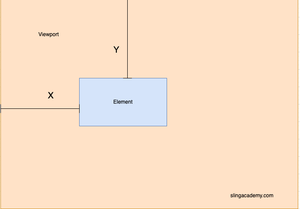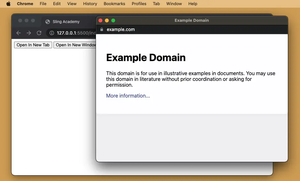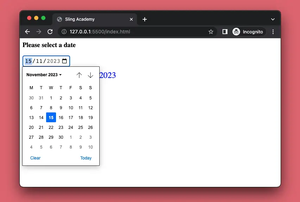The JavaScript Geolocation API allows web applications to access the geographical location of a device with the user's permission, enabling developers to create location-based features and services. In this article, we'll explore how to use this powerful tool to determine a user's current location and implement basic location-aware functionality.
Understanding the Geolocation API
The Geolocation API is a part of the HTML5 specifications and is supported by most modern browsers. It provides an interface to retrieve the geographical position of a device. The primary methods provided by the API are:
navigator.geolocation.getCurrentPosition(success, error, options): This method retrieves the current position of the device. Thesuccesscallback is called with aPositionobject if the operation is successful, while theerrorcallback is invoked if an error occurs or the user denies permission.navigator.geolocation.watchPosition(success, error, options): Similar togetCurrentPosition, this method repeatedly calls thesuccesscallback as the device changes location. It can be used for tracking the movement of a device.
Getting the Current Position
Let's start with a basic example of getting the user's current location using the getCurrentPosition method. Here’s a simple JavaScript code snippet to capture the device's location:
if ('geolocation' in navigator) {
navigator.geolocation.getCurrentPosition(
(position) => {
console.log('Latitude:', position.coords.latitude);
console.log('Longitude:', position.coords.longitude);
},
(error) => {
console.error('Error occurred. Error code:', error.code);
}
);
} else {
console.log('Geolocation is not supported by this browser.');
}
In the above code, we first check if the geolocation feature is available. If true, we make a call to getCurrentPosition. If successful, the latitude and longitude are logged to the console. In case of an error, such as the user denying permission to share their location, an error message is logged.
Tracking Location Changes
To track location changes, we can use the watchPosition method. This recurrently updates the location data as the device moves. Here’s how you can implement it:
let watchId;
if ('geolocation' in navigator) {
watchId = navigator.geolocation.watchPosition(
(position) => {
console.log('New position:', position.coords);
},
(error) => {
console.error('Tracking error:', error.message);
}
);
} else {
console.log('Geolocation is not supported by this browser.');
}
To stop watching changes, you can use the navigator.geolocation.clearWatch(watchId) method with the watchId returned by watchPosition:
navigator.geolocation.clearWatch(watchId);
Handling Geolocation Options
The Geolocation API allows you to pass options that can tailor the behavior of the request. These include:
enableHighAccuracy: A boolean that indicates the application would like to receive the best possible results. This can cause slower response times and may consume more battery.timeout: The maximum time (in milliseconds) the location call should take.maximumAge: The maximum age (in milliseconds) of a possible cached position that the application accepts.
Here’s how you can use these options with getCurrentPosition:
const options = {
enableHighAccuracy: true,
timeout: 5000,
maximumAge: 0
};
navigator.geolocation.getCurrentPosition(
(position) => {
console.log('High accuracy:', position.coords);
},
(error) => {
console.error('Options error:', error.code);
},
options
);
By understanding and leveraging the JavaScript Geolocation API, you can create rich, interactive experiences that respond to your users' locations. However, it is crucial to consider user privacy and explicitly request permission for accessing their location, as the API requires users to grant this consent.


